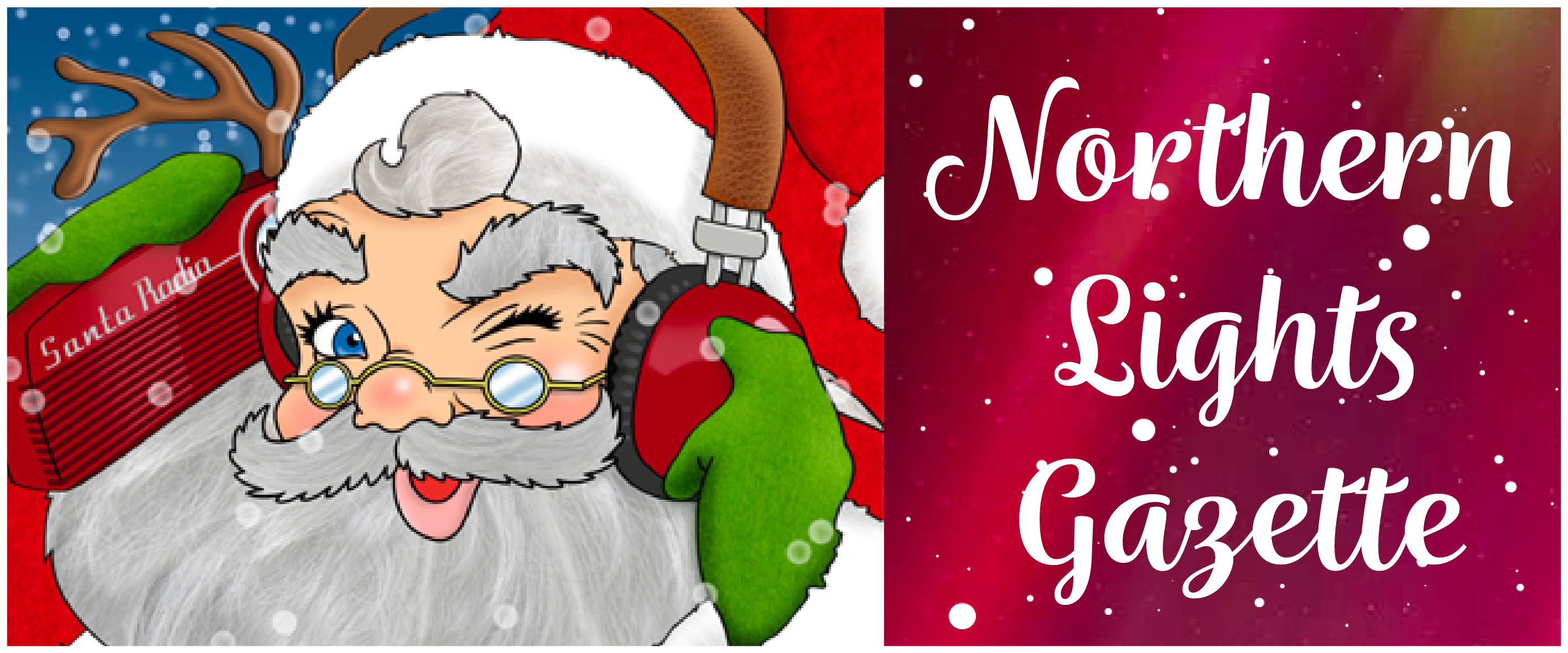Title: Unwrapping the History Behind “Santa Claus is Coming to Town”
“Santa Claus is Coming to Town” is a timeless holiday classic that has woven its melody into the fabric of Christmas celebrations around the world. With its catchy tune and joyful lyrics, the song has become synonymous with the anticipation and magic of the holiday season. However, the history behind this beloved song is as rich and varied as the traditions of Christmas themselves.
Composed by John Frederick Coots and Haven Gillespie, “Santa Claus is Coming to Town” made its debut in 1934. The song was first performed on Eddie Cantor’s radio show, reaching millions of listeners and instantly capturing the spirit of Christmas. Its upbeat tempo and playful lyrics struck a chord with audiences, quickly propelling it to popularity.
At its core, “Santa Claus is Coming to Town” embodies the essence of childhood wonder and the joy of anticipation that comes with the arrival of Christmas. The song’s narrative paints a vivid picture of Santa Claus as a benevolent figure who knows whether children have been “naughty or nice,” adding an element of whimsy and excitement to the holiday season. It encourages children to be on their best behavior in anticipation of Santa’s visit, a tradition that has been passed down through generations.
One of the most iconic aspects of “Santa Claus is Coming to Town” is its introduction, which begins with the memorable line, “You better watch out, you better not cry, better not pout, I’m telling you why, Santa Claus is coming to town.” This opening sets the tone for the song, serving as a gentle reminder to children that Santa is always watching, adding to the magic and mystery surrounding his annual journey.
The song’s enduring popularity can be attributed to its universal themes and timeless appeal. Regardless of age or background, “Santa Claus is Coming to Town” evokes feelings of joy, nostalgia, and excitement, making it a staple of holiday playlists and festive gatherings.
Beyond its musical significance, “Santa Claus is Coming to Town” has also become intertwined with popular culture, appearing in countless films, television shows, and advertisements over the years. Its catchy melody and cheerful lyrics have been embraced by artists of all genres, resulting in numerous cover versions and reinterpretations that continue to breathe new life into the song.
However, like many works of art, “Santa Claus is Coming to Town” has also faced criticism and controversy over the years. Some have questioned the song’s emphasis on Santa’s surveillance-like behavior, arguing that it promotes a culture of surveillance and judgment among children. Additionally, the song’s portrayal of Santa as a figure who rewards good behavior with gifts has been criticized for perpetuating materialism and reinforcing inequalities based on socioeconomic status.
Despite these criticisms, “Santa Claus is Coming to Town” remains a cherished part of the holiday season for millions of people around the world. Its enduring popularity serves as a testament to the power of music to evoke emotions, foster connections, and preserve cherished traditions across generations.
In conclusion, the history behind “Santa Claus is Coming to Town” is as complex and multifaceted as the holiday season itself. From its humble beginnings on a radio show in 1934 to its status as a beloved Christmas classic, the song has captured the hearts and imaginations of people around the world. As we continue to embrace the spirit of the season, “Santa Claus is Coming to Town” serves as a joyful reminder of the magic and wonder that define this special time of year.

